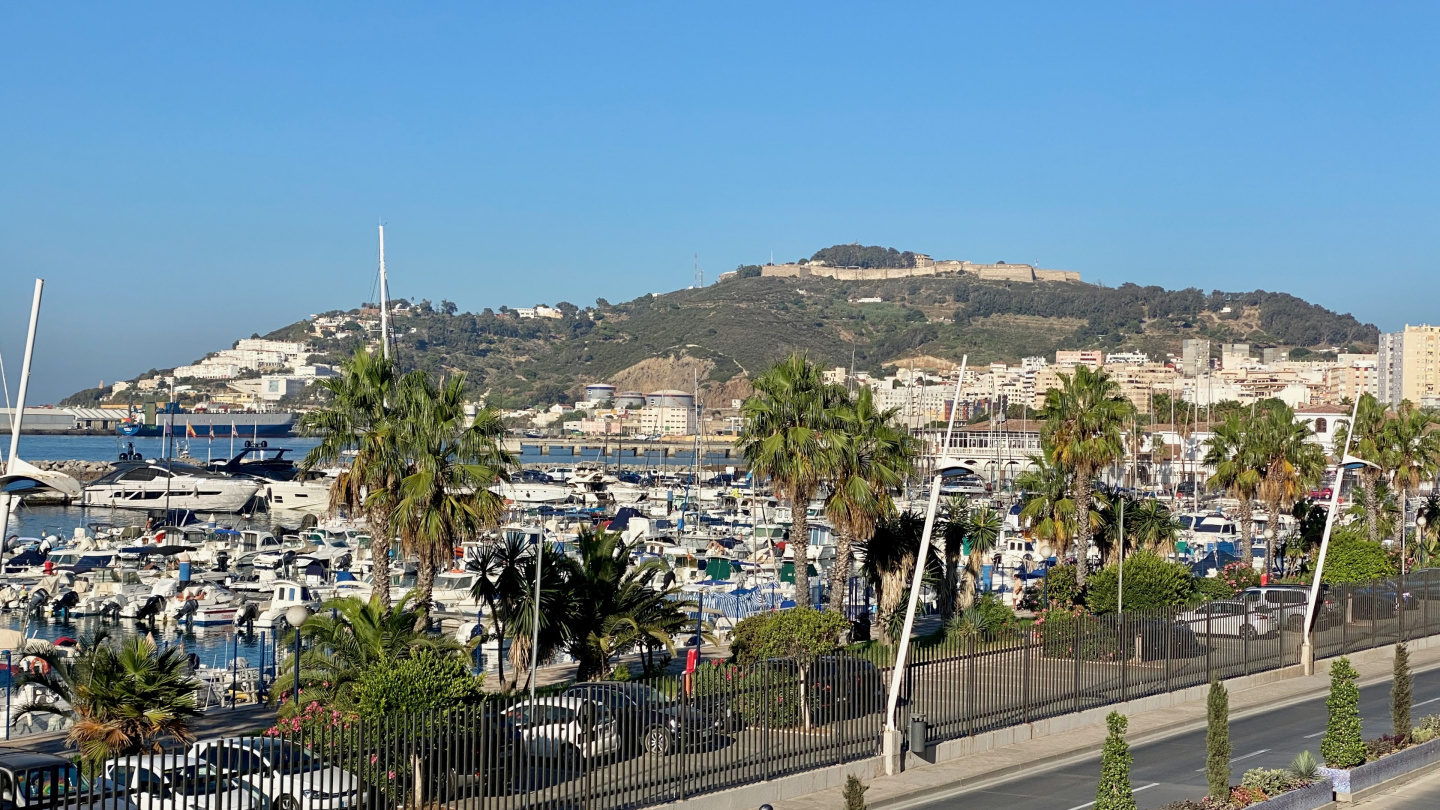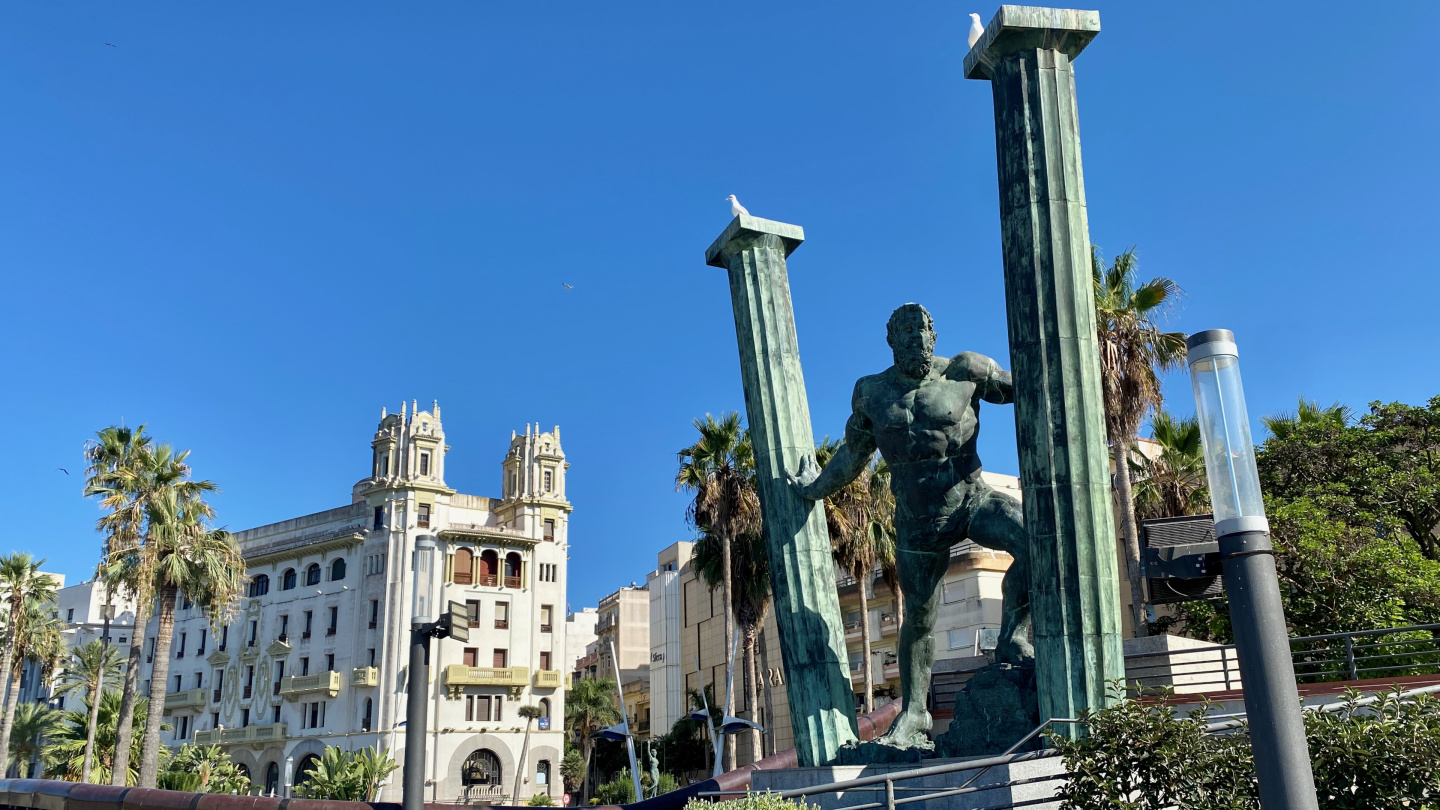From Morocco, Tangier, our journey continued to Ceuta along the African coastline. The length of the passage was 25 nautical miles with favorable current. The day was beautiful and sunny, albeit windless. As Perkins purred, we enjoyed the sea and the landscapes of two continents: Africa on the starboard side and Europe on the port side.
We were definitely not alone on the way to Ceuta; many Moroccan boats seemed to be heading there as well. Our plan was to stay in Ceuta for a few days.
Ceuta is a fascinating destination as it is one of Spain’s five enclaves that is separate territories in North Africa. In 1668, Ceuta was ceded by Portugal to Spain, and nowadays, the majority of Ceutans are Spanish, with Ceuta being part of Andalusia. The city has around 85,000 inhabitants. Another Spanish enclave is also in our travel plan. From Ceuta to Melilla, it is 125 nautical miles west along the African coast, but let’s come back to Ceuta for now.
It was exciting to see what kind of Ceuta we would discover. There were no expectations because Ceuta is part of the EU, although immersed in African culture. We found a lively and energetic Spanish city, where Andalusian charm, the lively rhythm of the Spanish language, and relaxed atmosphere made it clear that we had arrived in Spain.
In Ceuta, it seemed that Spanish boats refueled with affordable fuel and Moroccan speedboats brought people for a few hours of shopping throughout the day. And it looked like the Moroccans returned happily, carrying shopping bags and chattering, to the boats for the journey back home. They can probably make short day trips to Ceuta with just an ID card without visa.
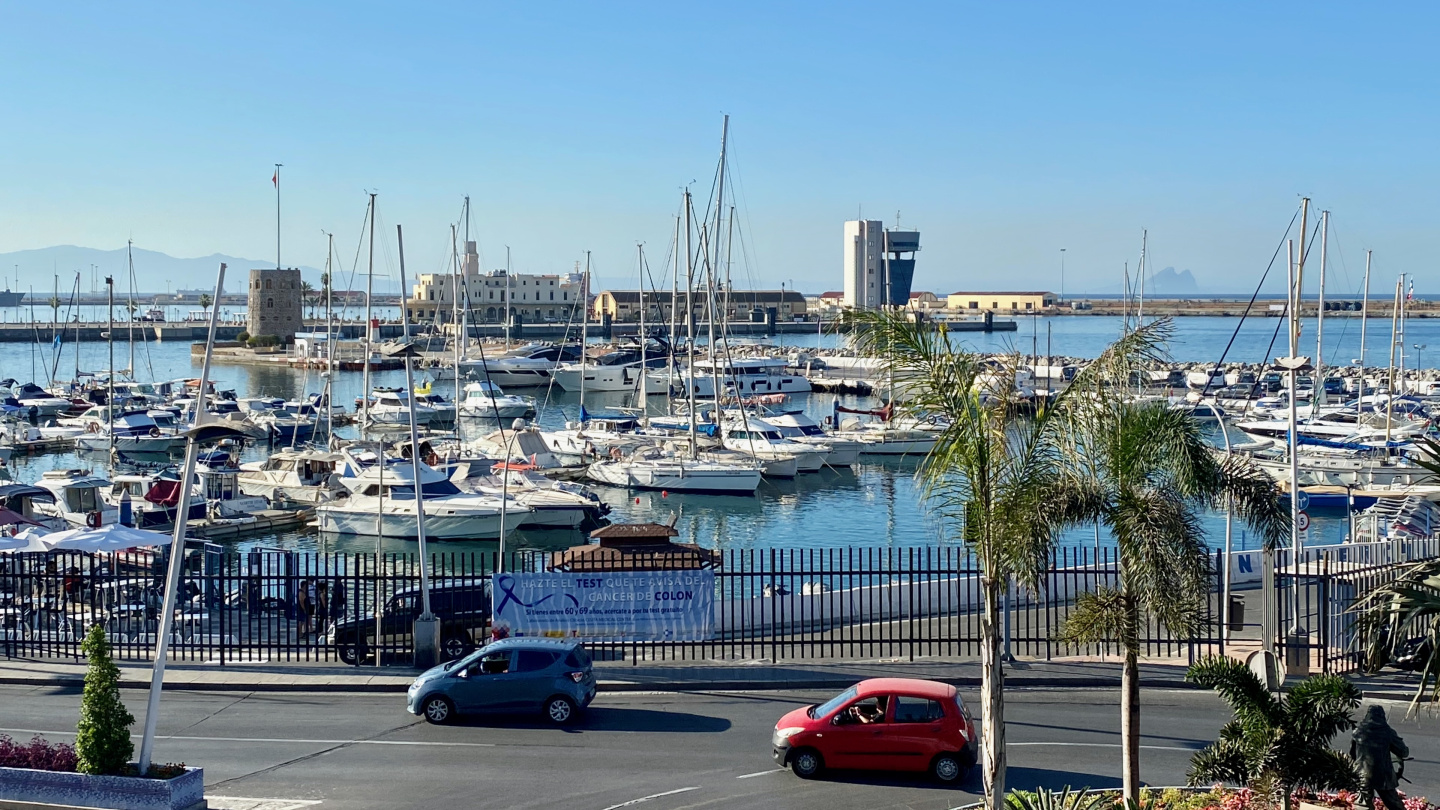
Ferry traffic between mainland Spain, from the port of Algeciras to Ceuta and back, is also very busy. Many fast ferries shuttle across the Strait of Gibraltar, as the distance between the continents is only 15 nautical miles, and the journey takes only an hour. You can guess that just as we were arriving to the harbor, the high-speed ferry departed at full throttle, accelerating to 30 knots. The skipper had to quickly decide where to evade for avoiding the collision. That was not the first time this happened.
Upon arriving in Ceuta, we debated whether to anchor south of the peninsula in front of the sandy beaches or stay in the north side in the harbor. Anchoring was tempting as the mountains provided good protection. However, we didn’t want to risk whether the dinghy would be still there when we returned from exploring the city. So, we decided to go to the Marina Hércules, making it easy to explore Ceuta on foot.
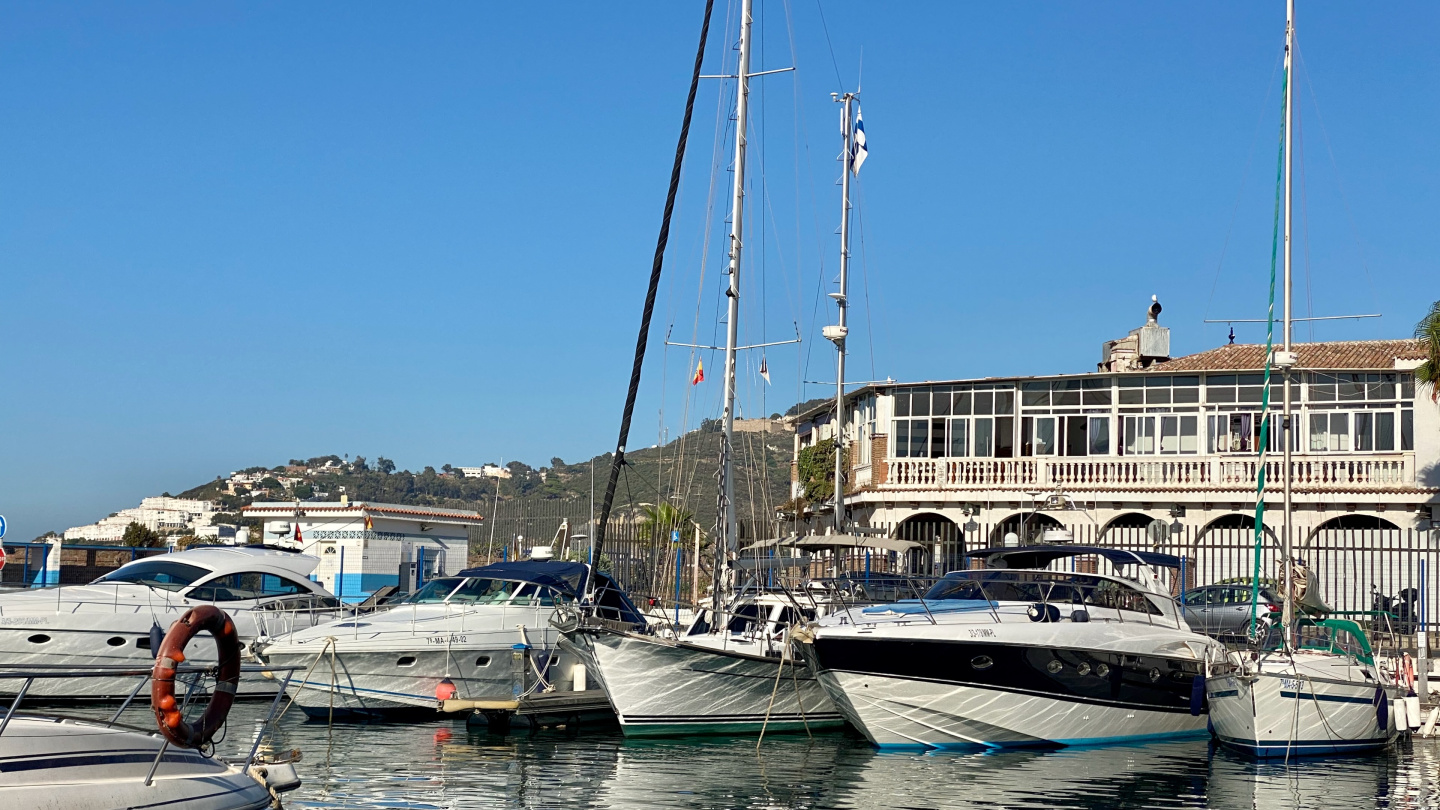
The anchorage in Ceuta, with its sandy beaches, was so tempting that we also considered launching the dinghy for an exploration. In the 16th century, the Portuguese built a fortress with moats for the defense of Ceuta. Our plan for the dinghy trip was to cross the peninsula by navigating along the moat to southern sandy beaches. First, we decided to explore Ceuta and then see what else we could do.
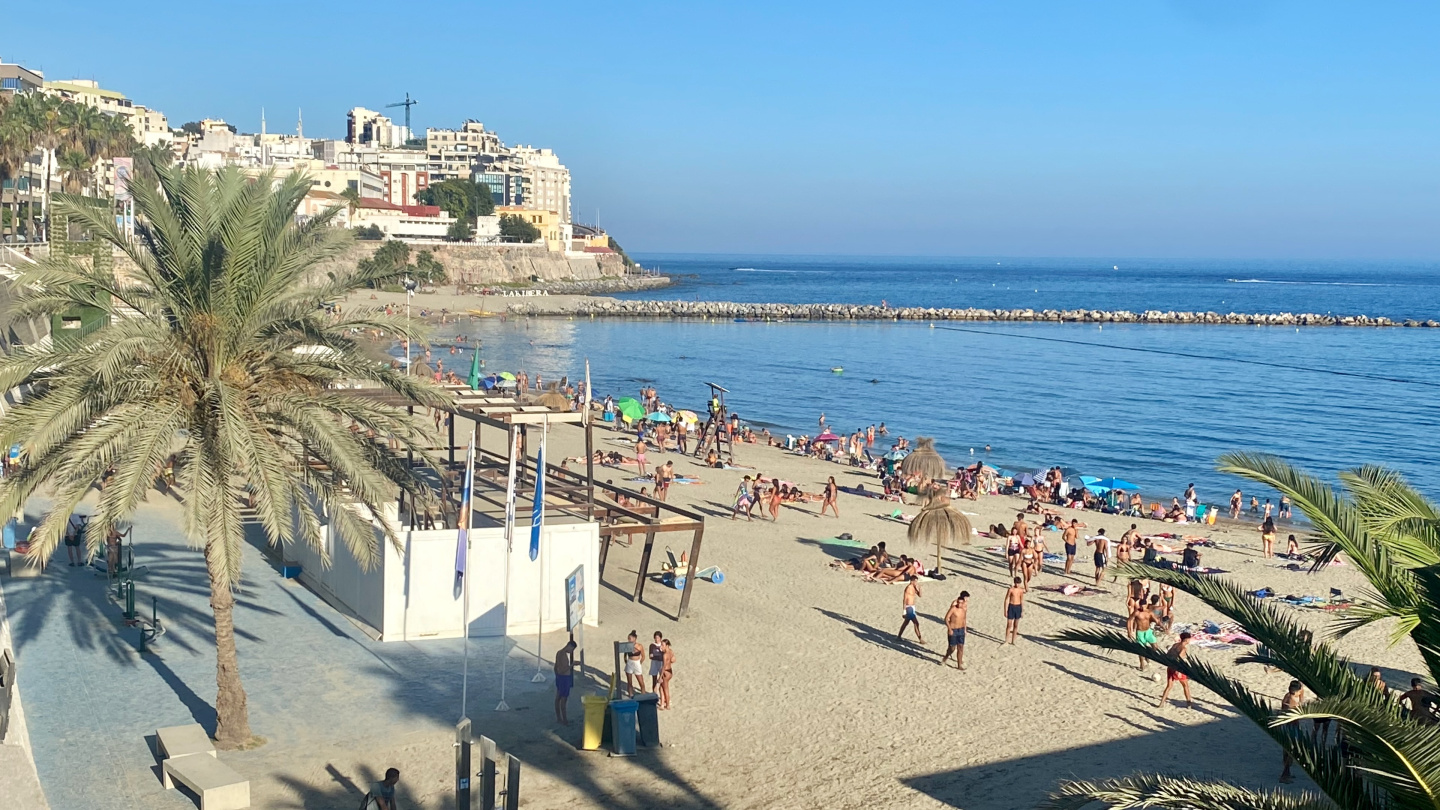
It’s a short walk from the marina to the center of Ceuta. Along the lengthy Paseo del Revellín pedestrian street, there were high street shops queued up. No wonder many Moroccans came for shopping, as Ceuta offers a wider range of brand stores than Tangier, for example. We also found something for ourselves in Ceuta’s shops.
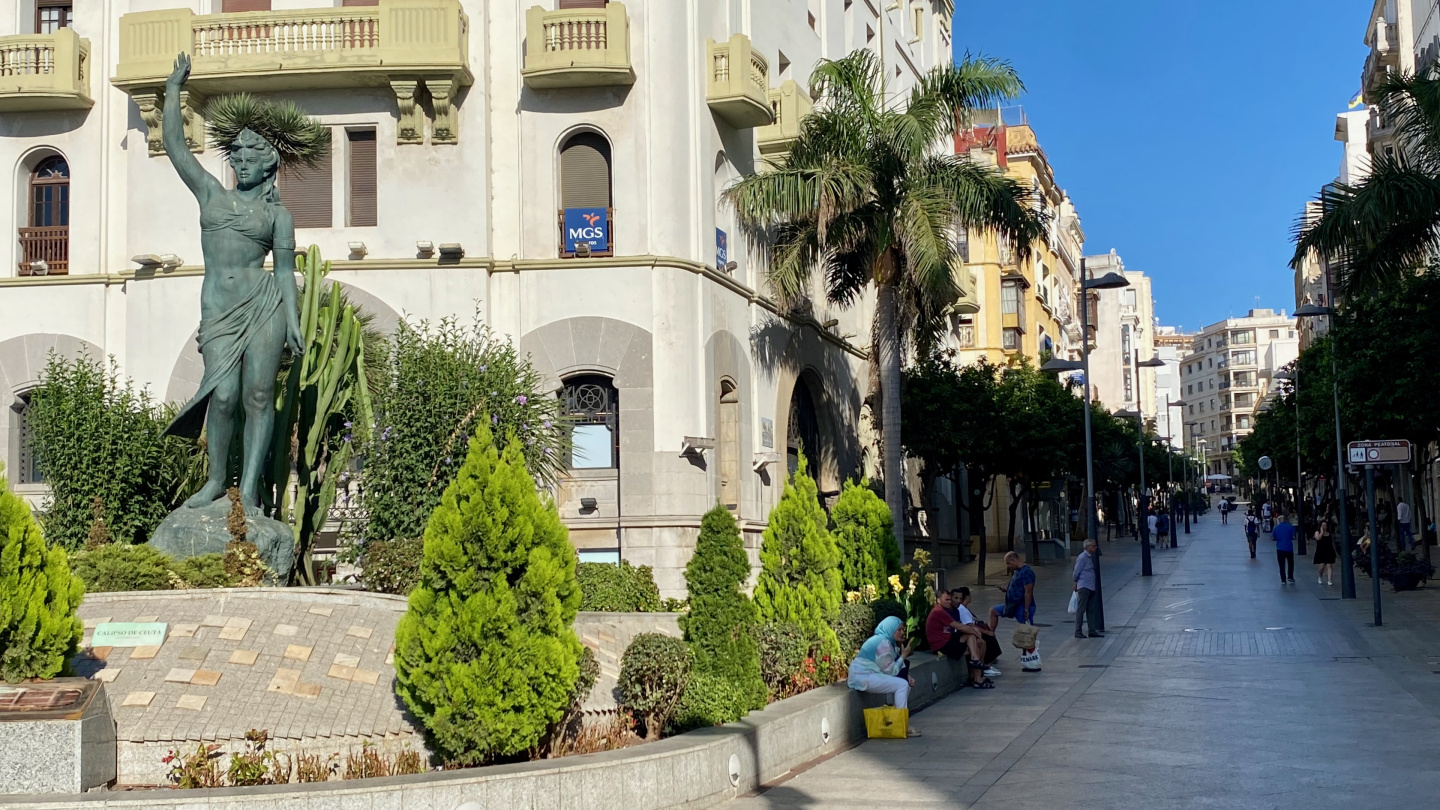
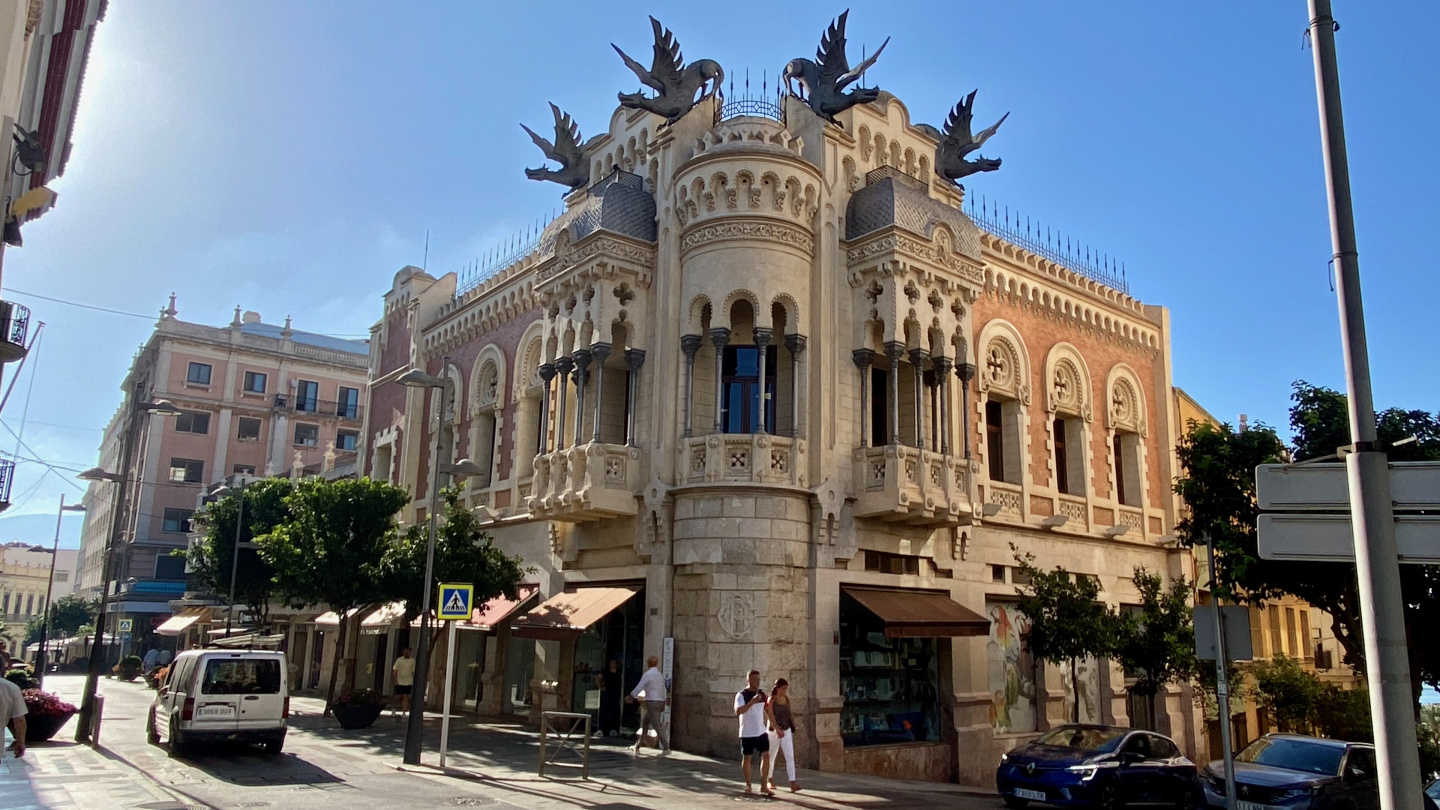
Although we were in Africa, Ceuta has a Spanish atmosphere and architecture. Of course, there are Arab influences, but these can also be found in Southern Spain due to past conquerors.
In the evening, we sought a nice local restaurant to sit down. We found a charming square with several restaurants, each firing up a grill. Following the enticing aroma and the locals, we ended up in a very cozy restaurant enjoying delicious grilled skewers.
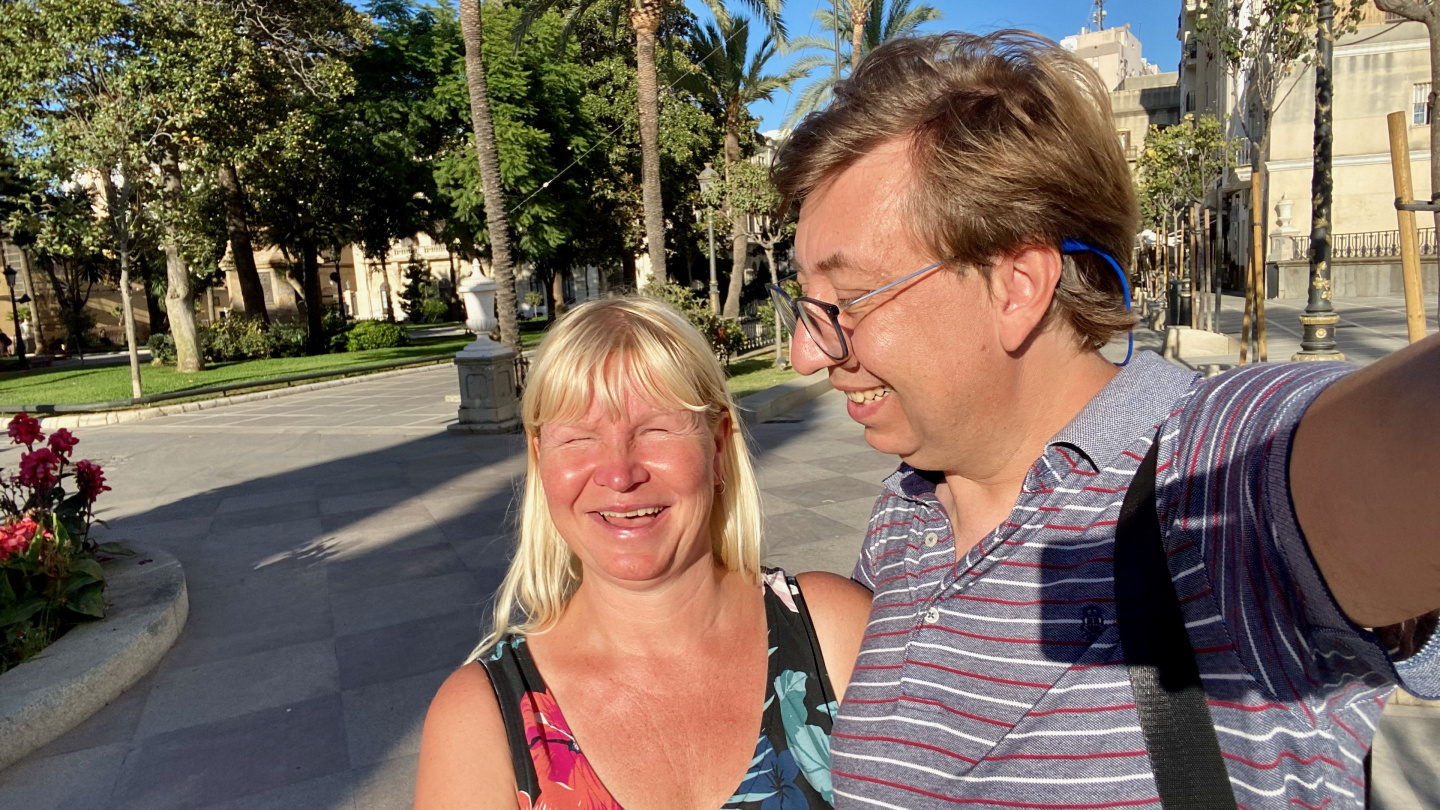
Our days in Ceuta were overshadowed by a boat accident. Fortunately, we were onboard when a Moroccan speedboat forcefully squeezed next to us with a group of shoppers. There was a massive crunch and squeal as the captain scraped along our bow railing, leaving a long scratch. Initially, he tried to shrug it off, but we sought the harbormaster for helping us, and after their strong argument and a lot of hand waving, the Moroccan captain had to take a responsibility for a repairman to smooth out the scratches on our metal railing. At first, we had some doubt whether this would ever happen as the polishing was promised for the next day. Thus, one of our days in Ceuta was spent waiting for the repairman. However, the job got done as promised. The frustration and the arrogant attitude of the Moroccan skipper, though, did not fade away, especially since the exciting dinghy ride in the moat was canceled due to this incident!
Approaching the Strait of Gibraltar from the Mediterranean, you pass through the pillars of Hercules, mentioned in Greek mythology. On the European side, the northern pillar is the Rock of Gibraltar, and on the southern side, as the second pillar on the African side, rises Mount Hacho or Mons Hacho in Ceuta. In Ceuta, you can find a monument of the Pillars of Hercules, a statue where Hercules holds the pillars on hands, as according to mythology, he created them. You can really see that Hercules was a significant figure for the people of Ceuta, with Hercules-themed establishments everywhere like Hercules Café.
